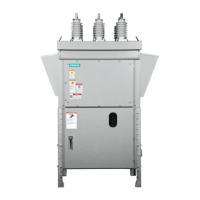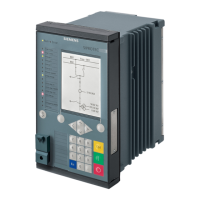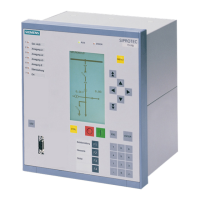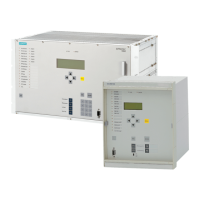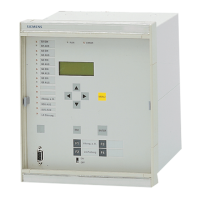Selectivity for 3VA molded case circuit breakers
Configuration Manual, 08/2016, A5E03603181010-01
9
Selectivity - terms and definitions
2
This chapter introduces you to the subject of "selectivity" on the basis of the key terms
associated with the concept.
For additional information, especially in relation to selectivity methods, please refer to
chapter "Methods of implementing selectivity
using circuit breakers (Page 13)".
Selectivity
Selectivity exists in a low-voltage network if only the protective device connected directly
upstream of the fault location (as viewed in the direction of current flow) trips in response to
over-currents.
Selectivity is achieved by combining two or more protective devices with appropriately
coordinated operating characteristics.
Example
Selectivity implemented by series-connected LV HRC fuses of the same operating class
① Time-current characteristic with tolerance range
In the event of a 1000 A over-current, the 100 A fuse directly upstream of the fault location
disconnects the fault location from the mains supply, while the 160 A fuse does not respond
due to its longer pre-arcing time. Sections of the plant unaffected by the fault continue to be
supplied with power.
This graph showing the time-current characteristic for determining selectivity applies only to
tripping times in excess of 100 ms. For tripping times of less than 100 ms, the I
2
t values
defined according to DIN VDE 0636-2 are applied.
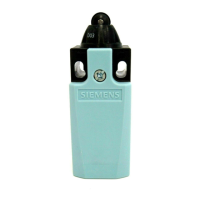
